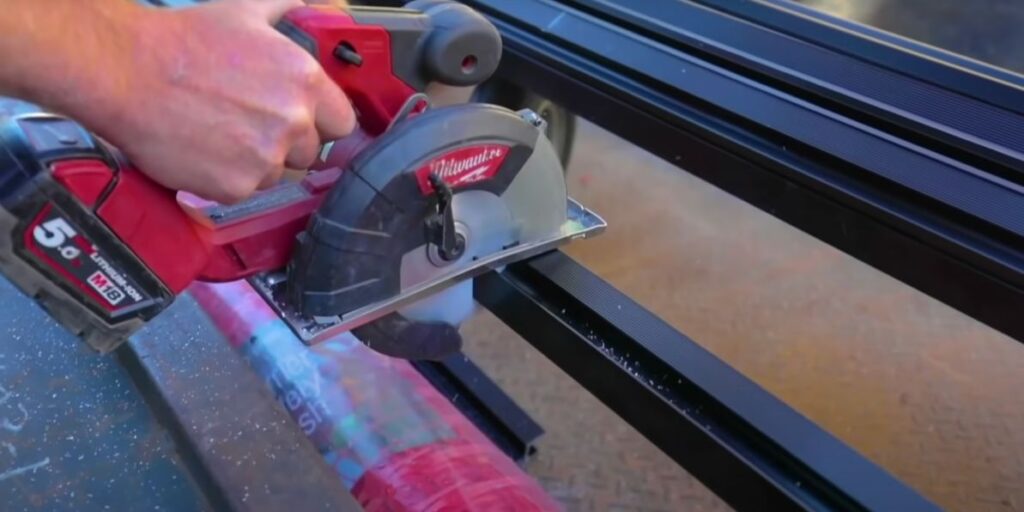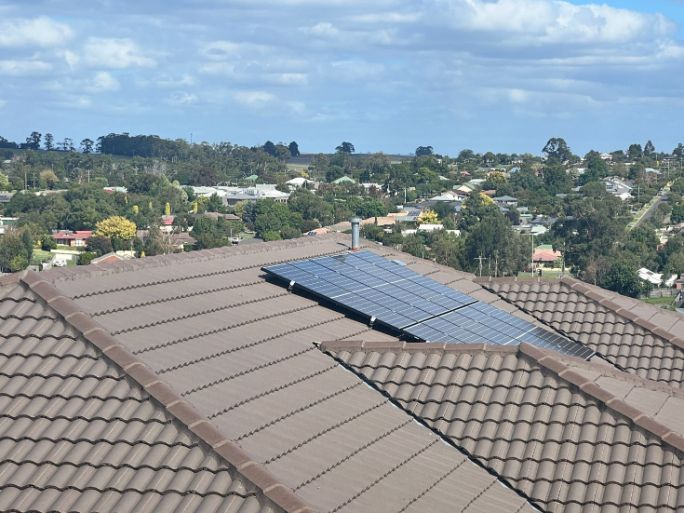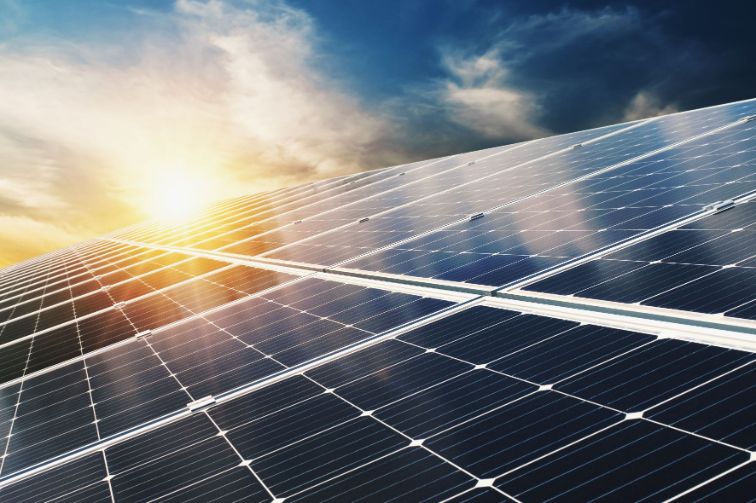The 3 most common types of solar panels are thin-film, polycrystalline, and monocrystalline. Each type of solar panel comes with its own pros and cons, and they also have different levels of efficiency. They also undergo different manufacturing processes.
It’s important to note that the higher the quality of your chosen solar panel, the more costly it becomes. Make sure you do your research beforehand to have a good idea of the type of panel you need when getting solar in Gippsland.

For this blog, we’ll discuss the cost of these types of solar panels, how efficient they are, and which one is the best.
Do the Types of Solar Panels Cost the Same?

No, the 3 main types of solar panels don’t cost the same. The main reason behind the price difference is due to the manufacturing processes each undergo.
Monocrystalline solar panels are the most expensive. Manufacturers producing this type of solar panel need to spend more time, materials, and effort to produce individual silicon crystals for their solar cells.
Its manufacturing process is called the Czochralski process and is quite energy-intensive. The procedure also leads to wasted silicon pieces, which can be used later to create polycrystalline solar cells.
How Efficient are the Different Types of Solar Panels?

As mentioned above, the 3 main types of solar panels are different in efficiency.
Monocrystalline Solar Panel Efficiency
Monocrystalline solar panels are extremely efficient and have the highest power capacity as well. Maintaining solar panels like these can ensure they reach efficiencies of 20% or more.
The higher wattage modules of monocrystalline solar panels allow them to produce more power. Most of the monocrystalline panels you’ll find will have more than 300 watts of power capacity, with some reaching more than 400 watts.
Polycrystalline Solar Panel Efficiency
Polycrystalline solar panels have an efficiency level between 15 to 17%. They normally have lower wattages as well compared to their monocrystalline counterpart.
Although polycrystalline solar panels are the same in physical size as monocrystalline modules, they don’t produce the same power.
Thin-Film Solar Panel Efficiency
Thin-film solar panels have varying efficiency ratings depending on the materials used in their cells, but they usually have an efficiency level closer to 11%. Out of the 3 most prevalent types of solar panels, thin-film panels are the lowest in terms of efficiency and power capacity.
Additionally, thin-film solar panels don’t have uniform sizes like monocrystalline and polycrystalline panels. The power capacity for every square metre of a thin-film panel will always be lower than monocrystalline and polycrystalline technology.
Which Solar Panel Type is the Best?

The best type of solar panel is monocrystalline simply because it has the highest efficiency rating and power capacity. Their high efficiency makes them ideal for use with solar heat pumps. However, residences looking for a more affordable alternative can’t go wrong with polycrystalline solar panels.
Thin-film solar panels are often used in larger projects, such as commercial properties and buildings. Their lightweight nature makes them ideal for commercial roofs that can’t handle the additional weight of a standard solar power system.
